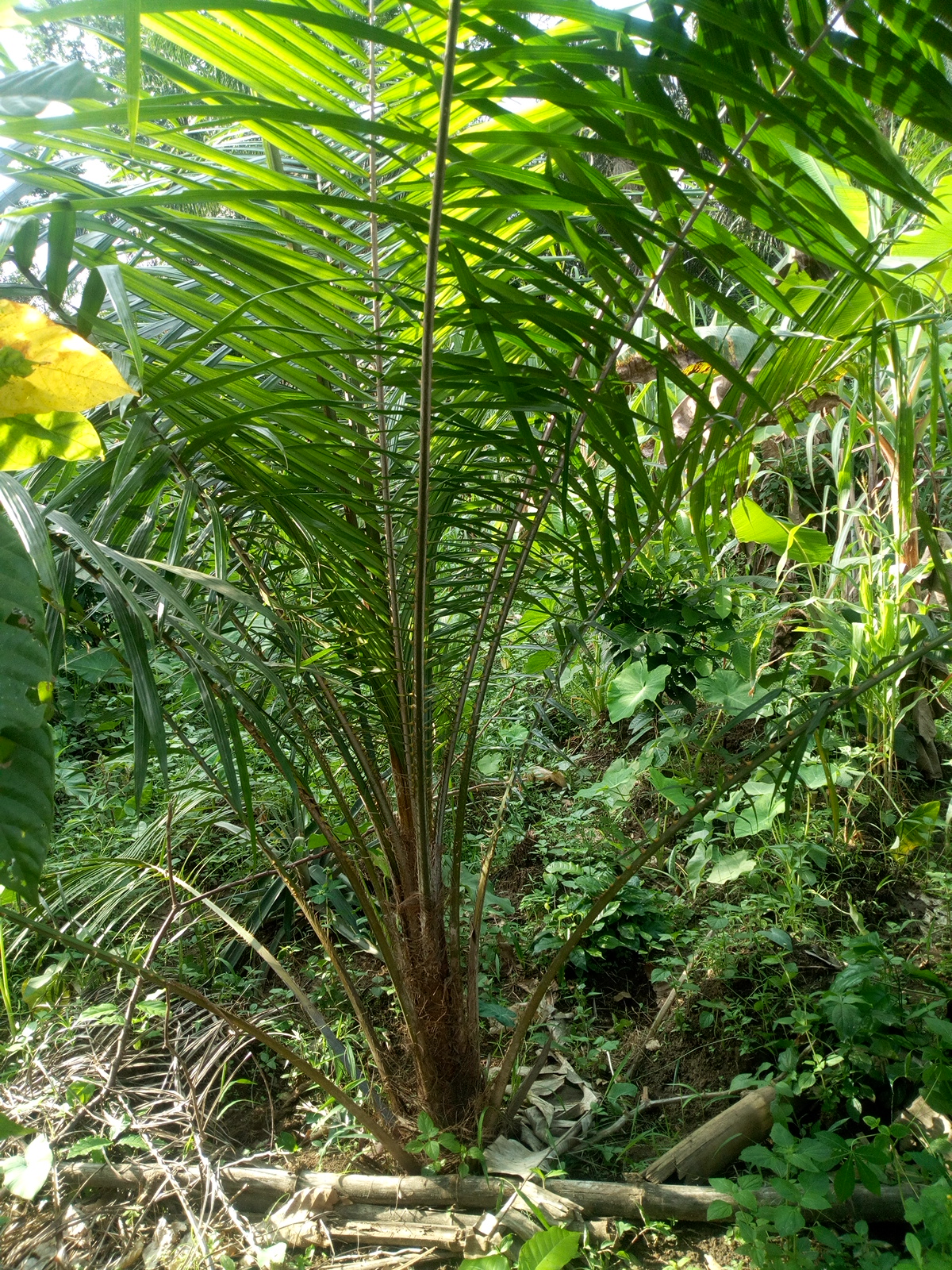Oil palm is a gross feeder crop that demands a balance of micro and macronutrients for plant growth for a newly planted crop. After fertilizer application, plant roots take up little concentration while the remaining are loss through; volatilization, leaching, soil erosion, and surface runoff.
It is even worse when the slope of the land is around 12oC. These areas are susceptible to run-off during high rainfall, such areas may be susceptible to soil erosion. This type of terrain is always difficult to fertilize because the fertilizer doesn’t stay where you put it as it has the habit of migrating due to rain, weather, or soil condition. Due to this, many plantations lose a lot of fertilizer during the process of fertilizing this type of terrain.
However, to mitigate this issue, you can adopt a system called Continuous Manuring. I strongly recommend this system for sloppy land and it can also be adopted on plain land as well.
Before I proceed, I will like to share a short life story and use it to describe the Continuous manuring concept. I once visited a friend in Ibadan early this year. During my stay, his toddler was sick, vomiting, and was losing weight. The boy kept on vomiting both the food and drugs after injection. When my friend got home later in the evening, he carried his boy and decided to feed him by himself. Instead of his usual quantity of food intake, my friend decided to give his boy just 4 teaspoons of rice and used the drug for him.
Guess what? The boy didn’t vomit, and the drug was able to work. So, my friend kept on feeding the toddler 3 teaspoons of food at 2 to 3 hours interval, until he regains his full strength back.
Major Highlight of the story
The mother has been feeding her boy the usual quantity of food he takes on a normal day (even when he’s sick)
The toddler’s body system couldn’t take all those food because he is sick, and he can’t express himself yet
The father decided to reduce the feed intake and was feeding him at 2- 3 hours interval.
Instead of his usual 12g (Breakfast) + 12g (Lunch) + 12 g (Dinner).
The father made: 4g (6 am), 4g (9 am), 4g (12noon) [Breakfast completed]
4g (2 pm), 4g (4 pm), 4g (6 pm) [Lunch completed]
4g (8 pm), 8g (10 pm) [Dinner completed]
I guess you now understand the concept of Continuous Manuring, even without defining it again?
This illustration also applies to our crop on the field. As earlier stated, after fertilizer application, plant roots take up little concentration while the remaining are loss through; volatilization, leaching, soil erosion, and surface runoff. Therefore to avoid wasting your fertilizer and to maximize your oil palm yield with less fertilizer, why not try Continuous Manuring?
Instead of using 5 kg of NPK fertilizer quarterly, you can use less than 2 kg, cumulatively 8 kg per year as opposed to 20 kg. This is a reduction of more than 60%.
I have tried this method before and there was no loss or reduction in yield. The major reason for this is because of the way the fertilizer was applied. Instead of applying the 3kg around the palm at once, you can apply 1 kg (small amount) throughout 1 month. The following month, you apply another 1kg, and in the third month, you complete the cycle and you start again. This is called Continuous Manuring.
With this strategy, palm productivity and yield will be maintained. The reason why with less fertilizer you are able to get the same amount of yield is because you increase the frequency (instead of one application every quarterly, you have three applications). This method also ensures the soil is not damaged as the soil pH is very consistent throughout the quarterly period. No soil degradation, as opposed to the application of 5kg where the soil pH will reduce (acidity). High acidity will result in soil degradation.
But, the major limitation or disadvantage of this method is that nowadays, workers are not always or frequently available for manuring/fertilization operation. Aside from this, the cost of labour is another problem that could be a major setback.
When I said, cost of labour or availability of labour, you may not understand what I meant. Kindly read the following articles to have a clear and better understanding. Annual or Daily labour: The cost implications and making the right decision and Current state of AGRICULTURE in Nigeria




Thanks for this article sir. It is valuable to me.
Thank you Sir